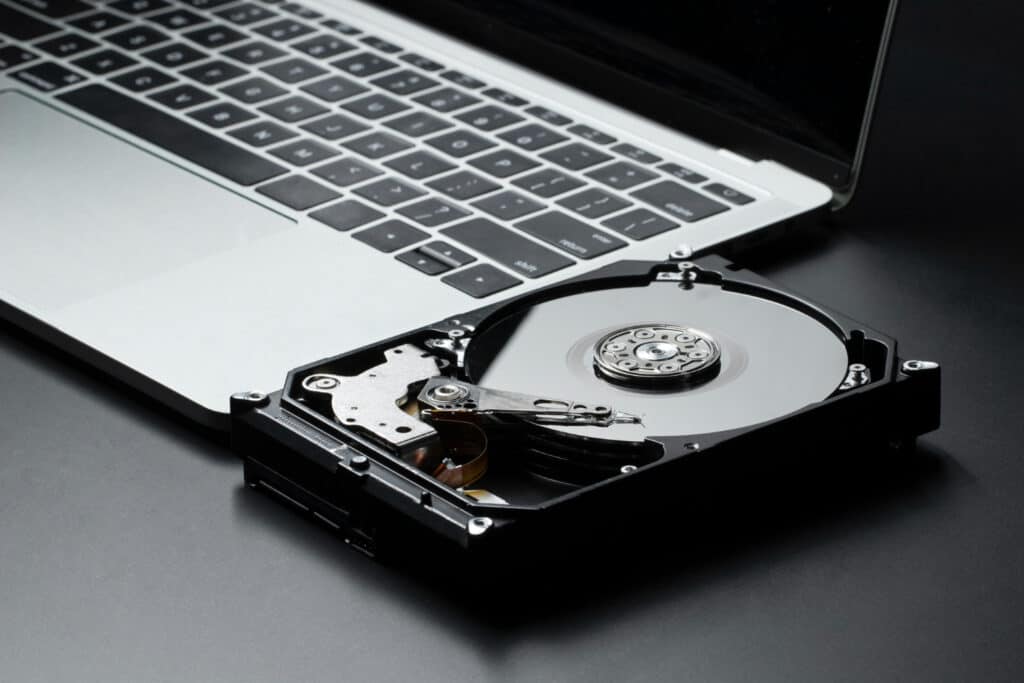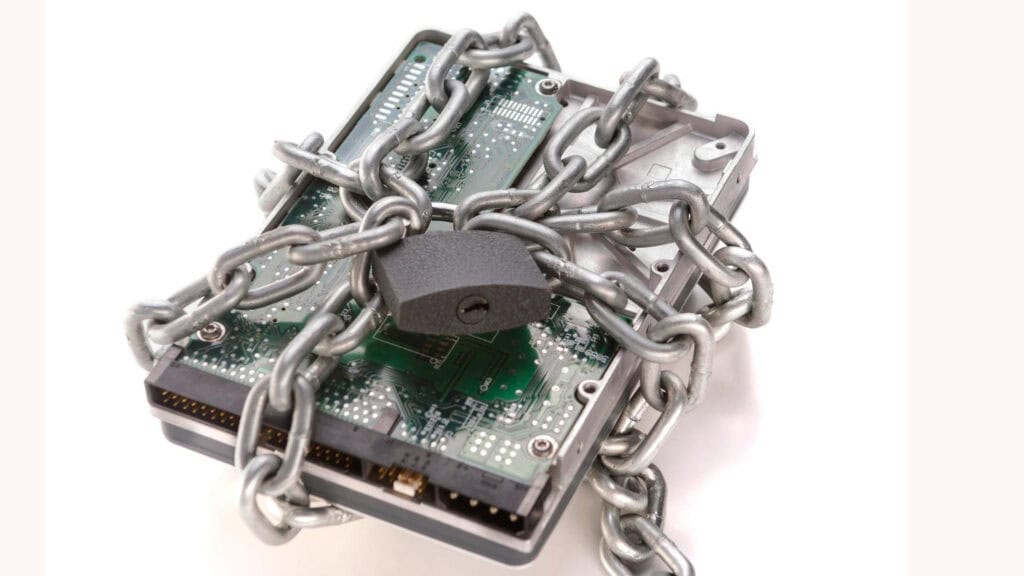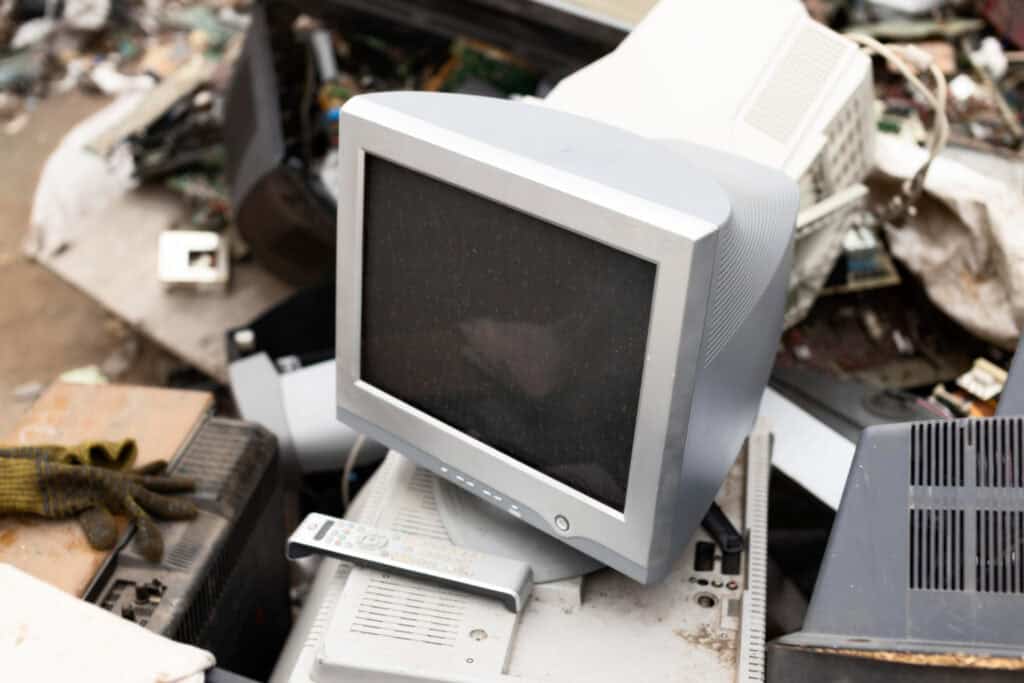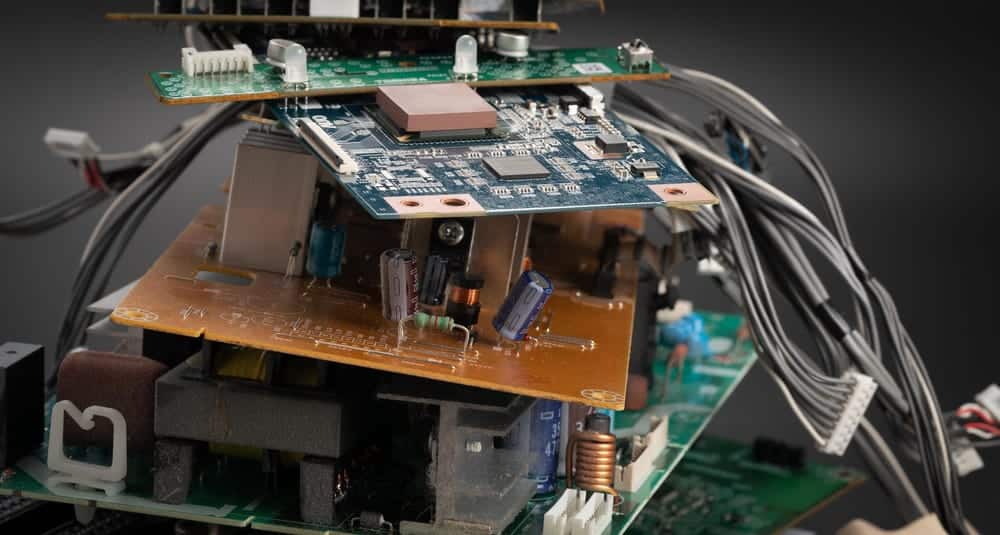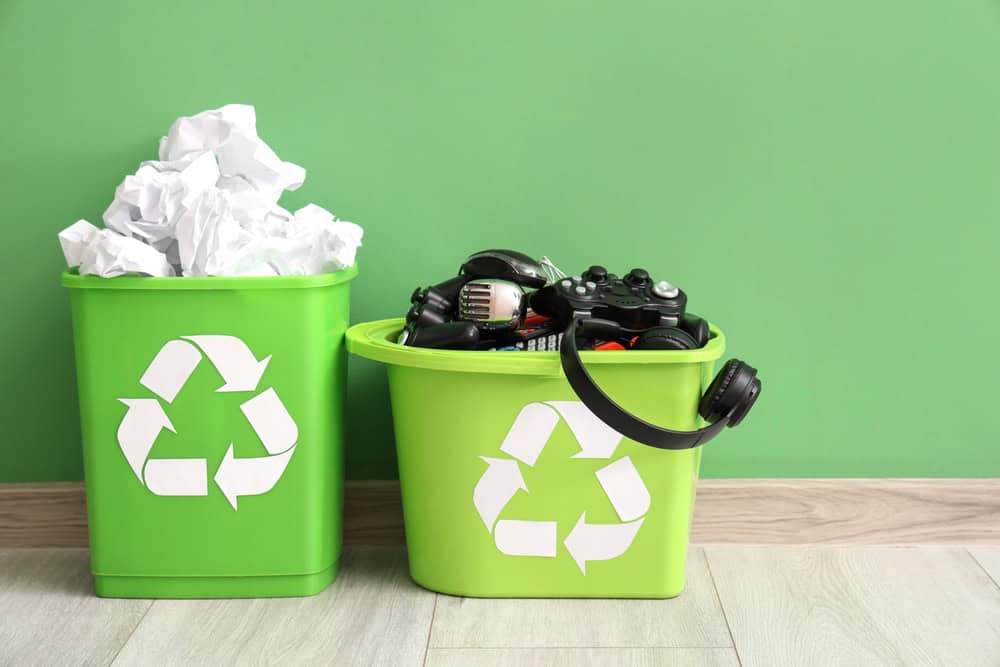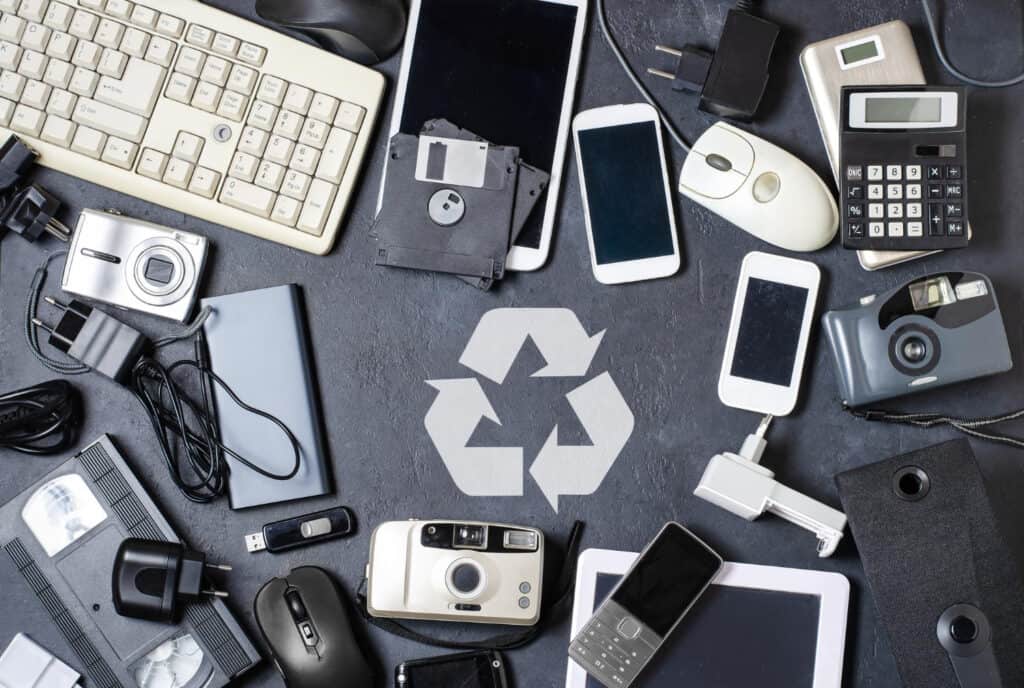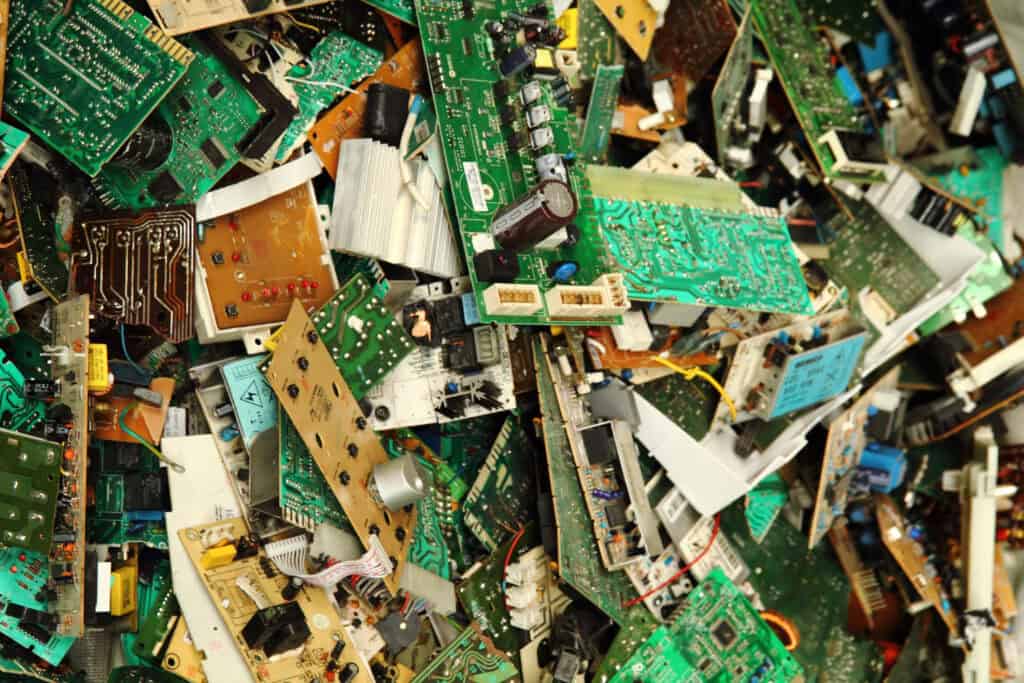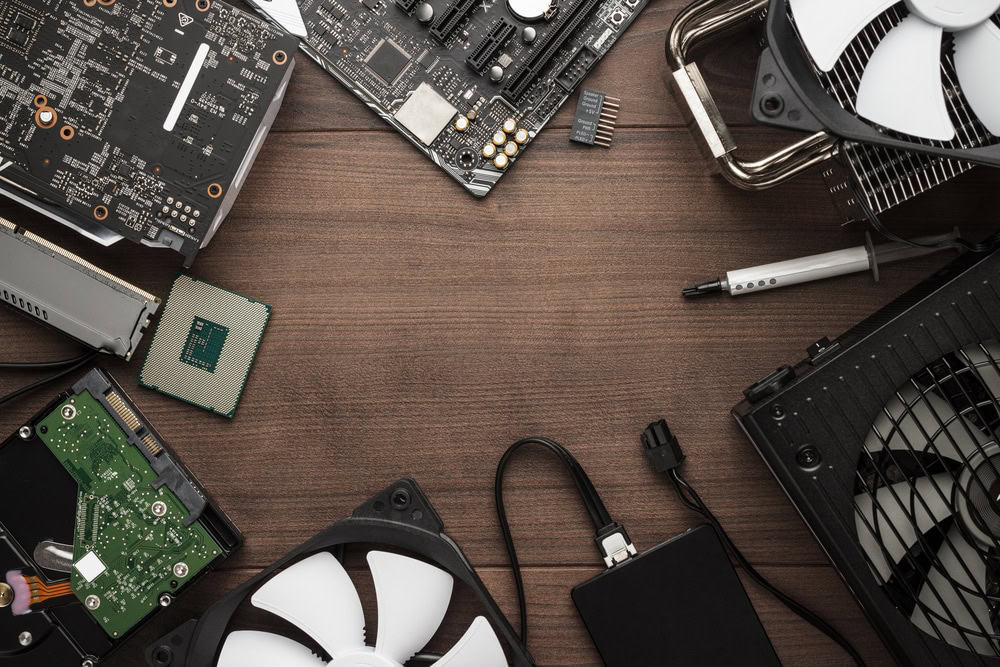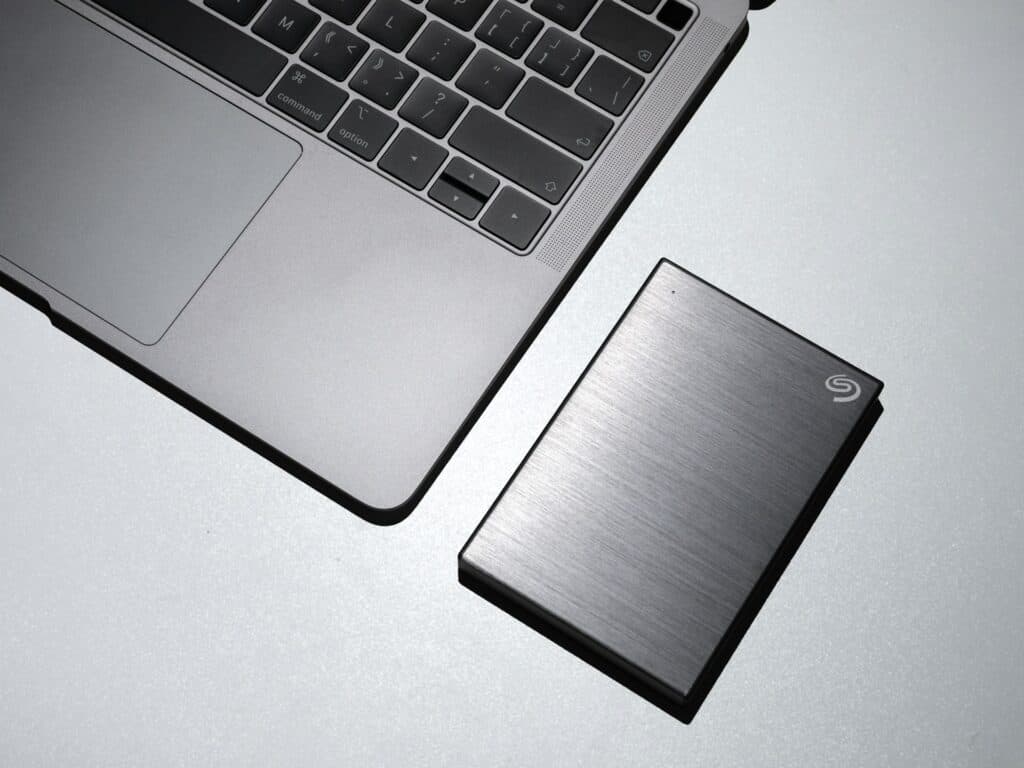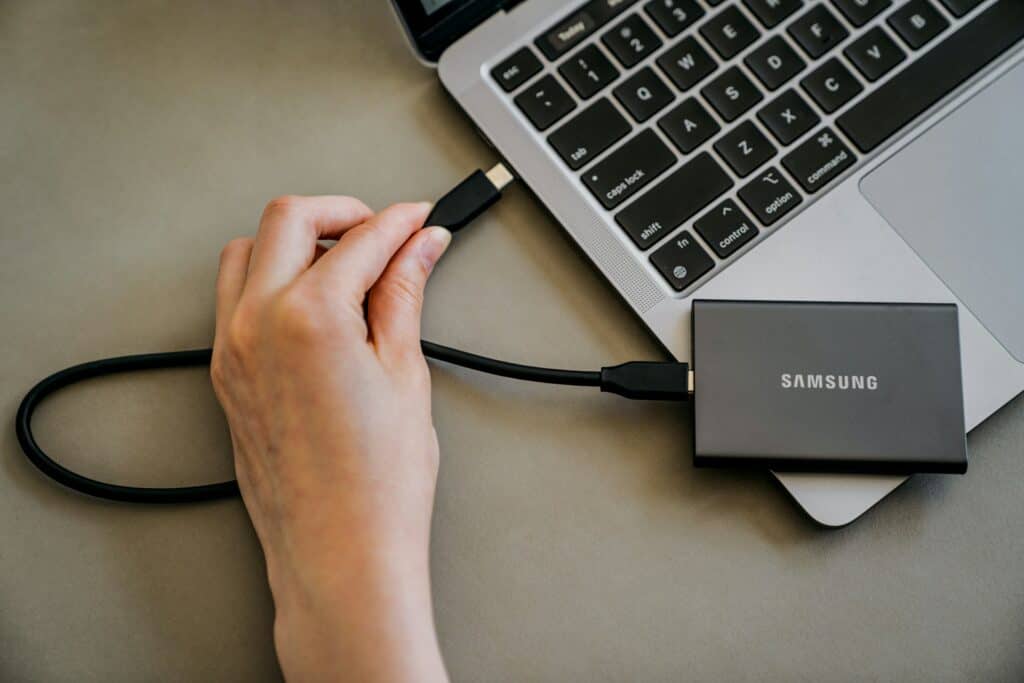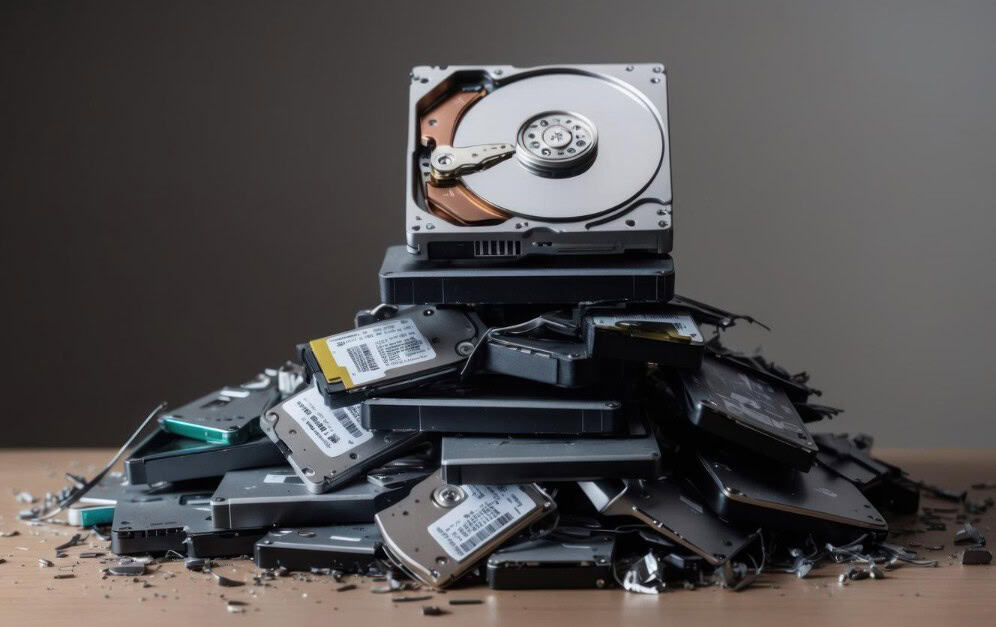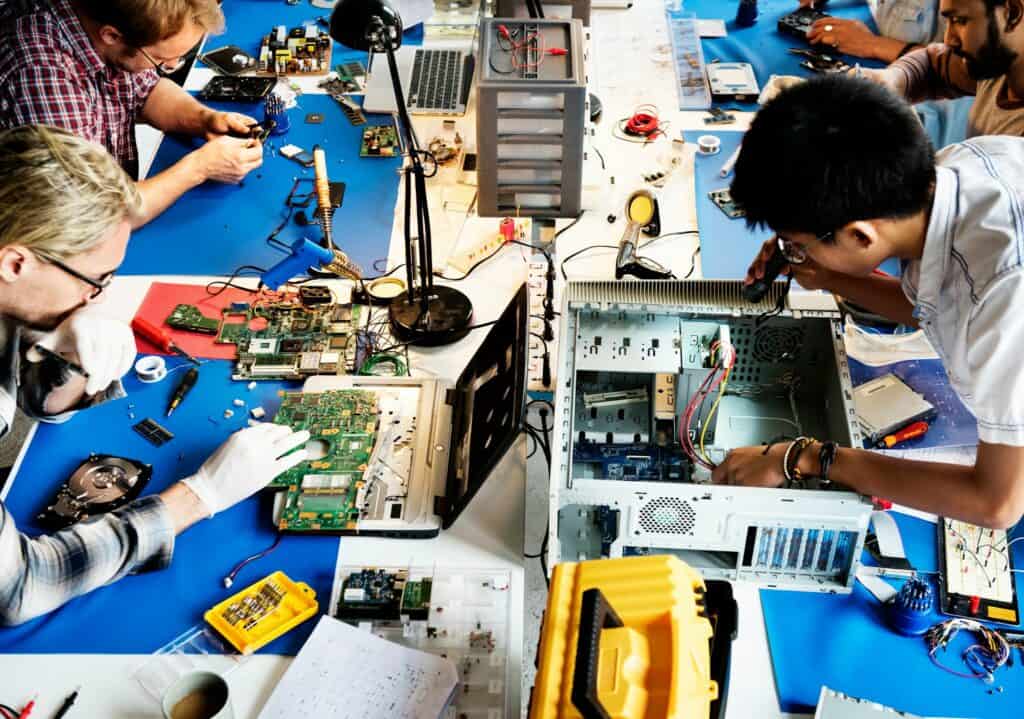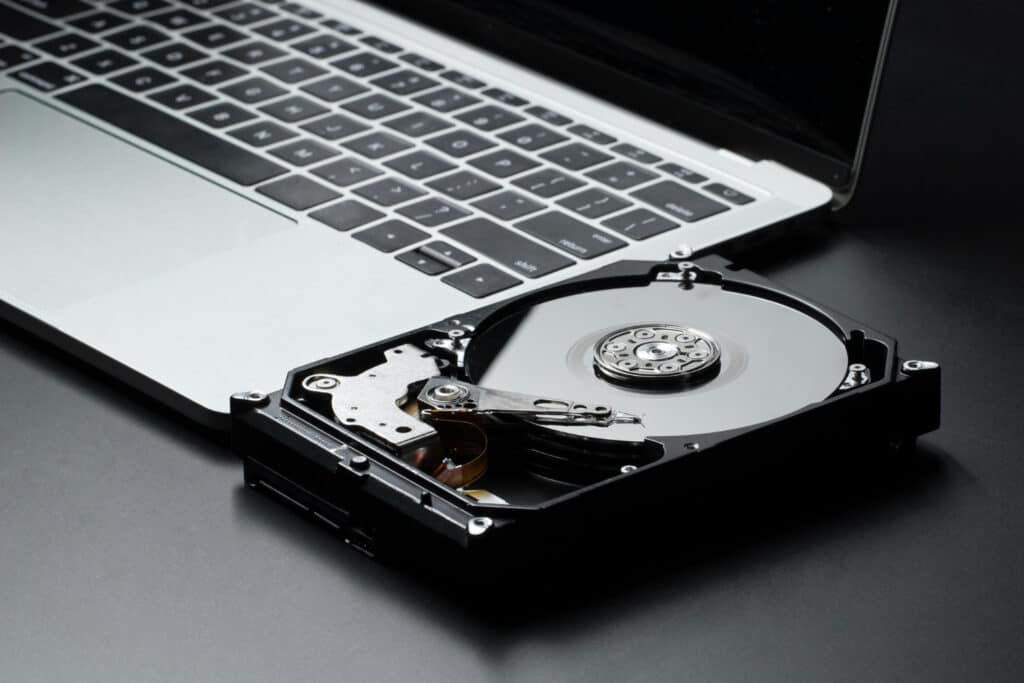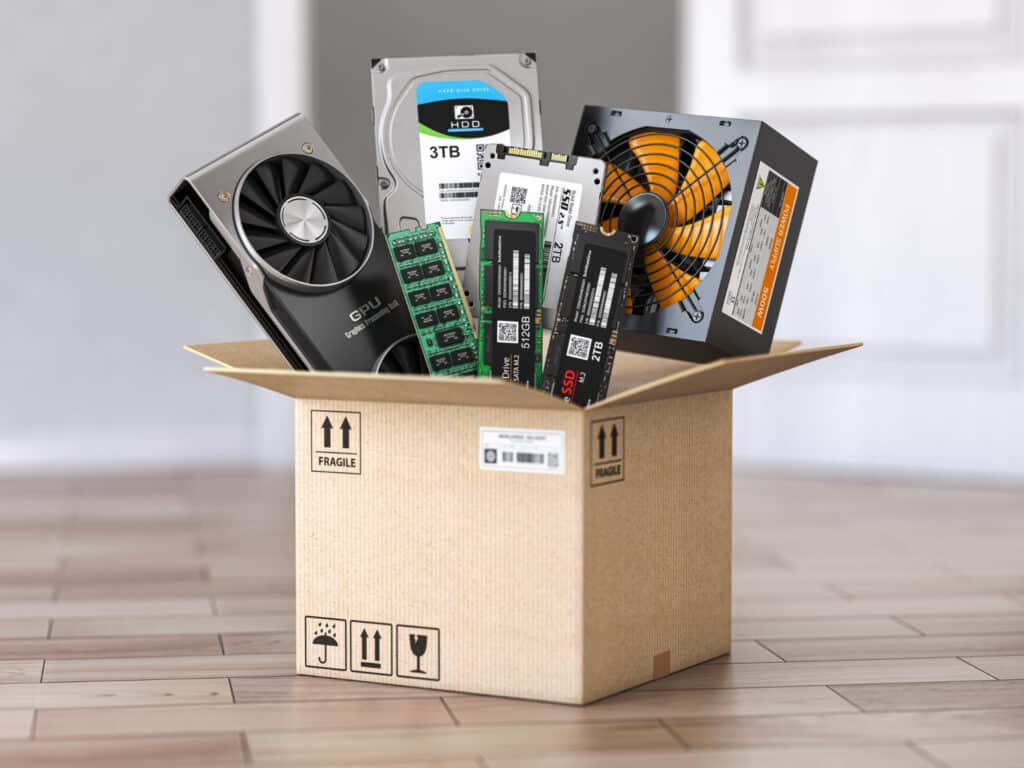Safeguarding sensitive data is more important than ever. One critical step in protecting your information is secure equipment destruction. When old computers, hard drives, or other electronic devices are no longer needed, they shouldn’t just be thrown away. Improper disposal can lead to serious consequences, including data breaches and environmental harm.
By properly destroying equipment, you ensure that all data is completely irretrievable. This means hackers can’t access sensitive information, and your personal or business details remain safe. Different methods of equipment destruction, such as physical destruction, degaussing, and data wiping, offer various levels of security. Understanding these methods helps you choose the right one for your needs.
In addition to protecting data, secure equipment destruction also benefits the environment. Many electronics contain hazardous materials that can harm the planet if not disposed of correctly. By following best practices for destruction, you not only safeguard your data but also contribute to a healthier environment. Let’s delve into the importance and best practices of equipment destruction to ensure our data and planet stay safe.
Understanding the Importance of Secure Equipment Destruction
Secure equipment destruction is vital for several reasons. First and foremost, it protects sensitive data from falling into the wrong hands. From personal information to business secrets, the data stored on electronic devices is valuable and potentially dangerous if accessed by unauthorized individuals. Proper destruction ensures that this information is permanently erased and cannot be recovered.
Another important reason for secure equipment destruction is compliance with laws and regulations. Data protection laws require businesses to dispose of data-bearing devices in a manner that ensures data privacy. Failing to comply can result in hefty fines and legal trouble. By securely destroying equipment, you meet these legal requirements and avoid potential penalties.
Additionally, secure destruction helps protect the environment. Electronics often contain hazardous substances that can harm our planet if not disposed of properly. By following secure destruction methods, you ensure these harmful materials are handled safely, reducing your environmental footprint and promoting a healthier planet for all.
Types of Equipment Destruction Methods
Physical Destruction
Physical destruction is one of the most direct methods to ensure data can’t be retrieved. This involves physically breaking the device into pieces, rendering it completely unusable. Techniques include shredding, crushing, or drilling holes into the device. While effective, this method requires specialized equipment to ensure complete destruction.
Degaussing
Degaussing involves using a powerful magnetic field to erase data stored on magnetic media like hard drives and tapes. The magnetic field disrupts the data on the device, making it unreadable. This method is effective for certain types of media but doesn’t work on solid-state drives (SSDs) or other non-magnetic storage devices. It’s an excellent option for quickly and securely erasing large volumes of data.
Data Wiping
Data wiping, also known as data sanitization, involves using software to overwrite existing data with random patterns or zeros, making the original data unrecoverable. This method is suitable for hard drives and SSDs. Though it doesn’t physically destroy the device, it ensures the data is entirely wiped. It’s crucial to use certified data wiping software to guarantee complete erasure and meet security standards.
Understanding these methods helps in choosing the right one for your needs, ensuring data security and compliance with environmental regulations. Each method has its benefits and is suited to different types of devices and situations.
Best Practices for Secure Data Destruction
Establishing a Destruction Policy
Creating a clear destruction policy is key for secure data destruction. This policy should outline the steps for disposing of different types of equipment. It includes identifying which devices need destruction and the method to be used for each type. Ensuring everyone in the organization understands and follows this policy helps in maintaining data security.
Ensuring Chain of Custody
Maintaining a proper chain of custody ensures that devices are tracked from the moment they are marked for destruction until they are completely destroyed. This process involves documenting each step and handling phase of the equipment. Keeping track of who handled the device and when it was destroyed helps prevent unauthorized access and ensures accountability throughout the destruction process.
Verifying Complete Destruction
After destruction, it’s crucial to verify that the data has been completely destroyed. This can be done through physical inspection, software checks, or obtaining a certificate of destruction from a certified provider. Verifying the destruction ensures that all sensitive data has been erased and provides peace of mind that the data cannot be recovered.
Environmental and Security Benefits of Proper Equipment Destruction
Preventing Data Breaches
One of the biggest benefits of proper equipment destruction is preventing data breaches. When data is securely destroyed, there is no chance for it to be accessed by hackers or unauthorized individuals. This protects personal and business information from being leaked or misused, ensuring data integrity and privacy.
Reducing Environmental Impact
Proper equipment destruction also has significant environmental benefits. By correctly disposing of devices, hazardous materials such as lead and mercury are prevented from entering landfills and contaminating soil and water. Recycling valuable materials like metals and plastics further reduces waste and promotes sustainable practices.
Complying with Data Protection Regulations
Following proper destruction methods helps in complying with data protection regulations. Regulations often require businesses to ensure that old devices are disposed of securely. By adhering to these methods, organizations can avoid legal penalties and demonstrate their commitment to data privacy and environmental responsibility.
Conclusion
Securing data through proper equipment destruction is not just about protecting information; it’s also about safeguarding our environment and complying with legal requirements. By understanding and implementing best practices for equipment destruction, we can ensure that our sensitive data doesn’t fall into the wrong hands and that hazardous materials are not harming our planet.
At ReWorx Recycling, we’re dedicated to efficient and secure e-waste disposal in Sacramento. Protect your data and the environment by relying on our professional equipment destruction services. Discover how we can help your business stay secure and sustainable.
